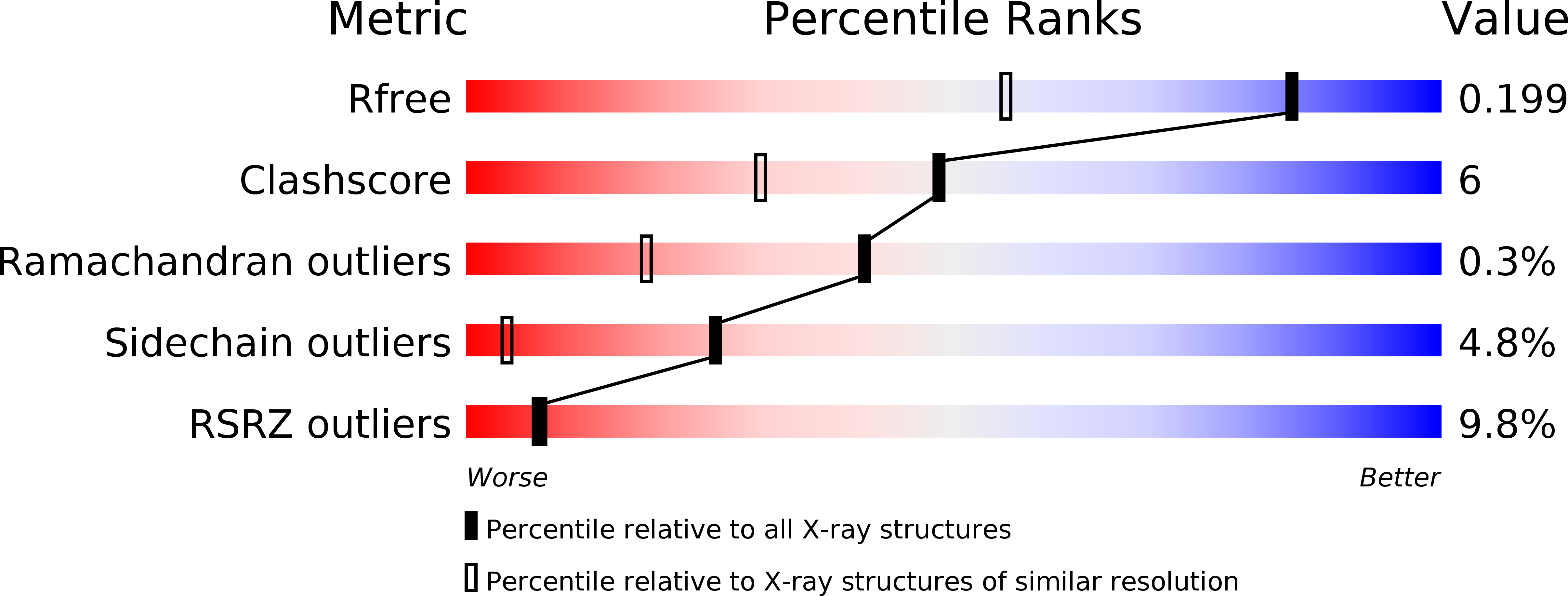
Deposition Date
2016-07-13
Release Date
2016-12-28
Last Version Date
2024-11-06
Entry Detail
PDB ID:
5GMD
Keywords:
Title:
Crystal structure of Sulfolobus solfataricus diphosphomevalonate decarboxylase in complex with ATP-gamma-S
Biological Source:
Source Organism:
Host Organism:
Method Details:
Experimental Method:
Resolution:
1.50 Å
R-Value Free:
0.19
R-Value Work:
0.16
R-Value Observed:
0.16
Space Group:
H 3 2


